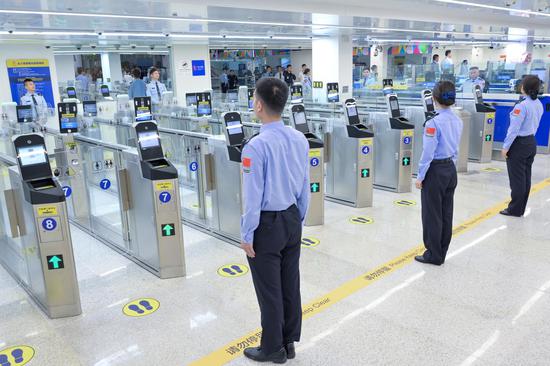More college graduates in China are choosing smaller cities for employment rather than only considering first-tier cities, according to a report released by MyCOS, a higher education consulting firm.
According to statistics on college graduates from class of 2018 to class of 2022, the percentage of recent undergraduates employed in the county level localities six months after graduation rose significantly, from 20 percent in the class of 2018 to 25 percent for the class of 2022. Male students rose from 19 percent to 24 percent, and female students rose from 22 percent to 27 percent from class of 2018 to 2022.
The reason for this new trend is the increasing income levels outside of major cities. The statistics reveal that the monthly income of college graduates working in counties has risen from 4,640 yuan ($640) for the class of 2018 to 5,377 yuan for the class of 2022, while job satisfaction has risen from 67 percent to 76 percent.
Nearly 60 percent of undergraduates who returned to counties for work stayed in the counties continuously for five years, and about 40 percent of them came back to counties for employment after working elsewhere for a period of time, according to the statistics.
Education and government and public administration were the main industry categories in which have the highest percentage of undergraduates employed in counties for the class of 2022, according to the report. The employment of education major accounted for 23.6 percent, and the employment of government and public administration major accounted for 14.9 percent.
Statistics also show that 35.2 percent of female students are employed in the education industry. Among the male students employed in counties, the proportion of those who choose industries related to government and public administration is the highest, accounting for 15.3 percent, while the proportion of male students choosing the education industry is only 9.6 percent.
MyCOS analyzed that college students employed in counties five years after graduation are not paid well but have access to stable incomes, can work close to home, and enjoy better cost of living.


















































 京公网安备 11010202009201号
京公网安备 11010202009201号